Wally Rhines gave the keynote at DVCon yesterday. He started out with a game of “name that graph” which was unfortunately a bit spoiled since when the names were revealed the first line was off the top of the screen. But he extrapolated several trends such as the decreasing number of fabs (the current trend is that there… Read More
 Cost, Cycle Time, and Carbon aware TCAD Development of new TechnologiesOur good friend Scotten Jones wrote a paper…Read More
Cost, Cycle Time, and Carbon aware TCAD Development of new TechnologiesOur good friend Scotten Jones wrote a paper…Read More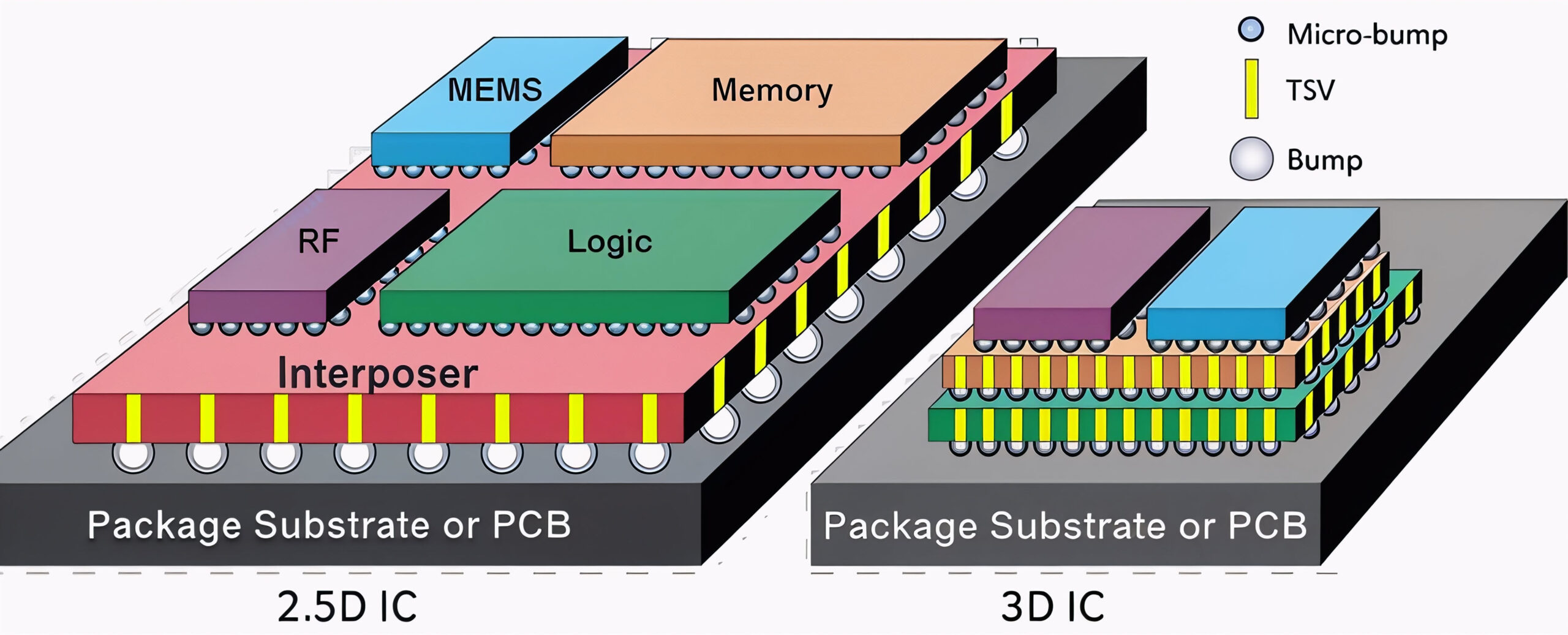 3D ESD verification: Tackling new challenges in advanced IC designBy Dina Medhat Three key takeaways 3D ICs…Read More
3D ESD verification: Tackling new challenges in advanced IC designBy Dina Medhat Three key takeaways 3D ICs…Read More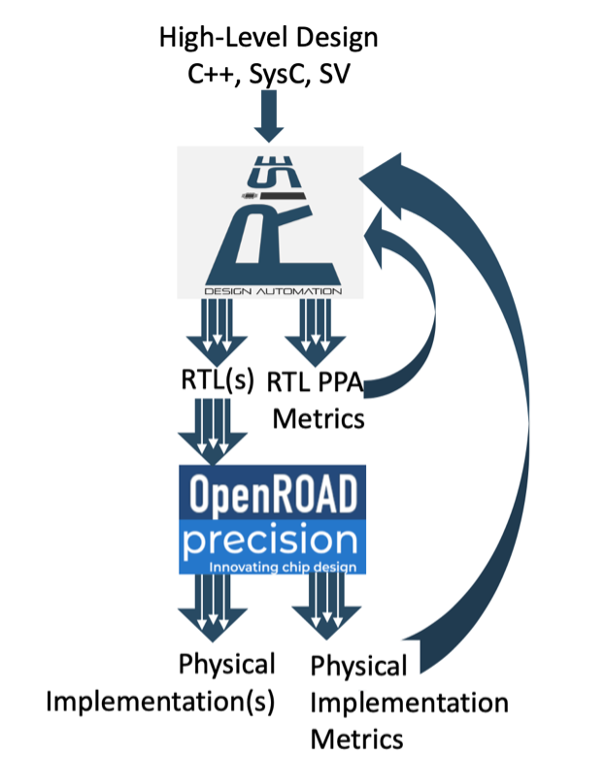 Reimagining Architectural Exploration in the Age of AIThis is not about architecting a full SoC…Read More
Reimagining Architectural Exploration in the Age of AIThis is not about architecting a full SoC…Read MoreShrinking audio creates issues and opportunities
There is a lot more to sound than meets the ear, and there a vast number of ways to deliver an audio experience. I recently trashed my gaming headset, replacing it with a Samson C03U mic and Audio-Technica ATH-PRO700MK2 headphones. It’s a huge upgrade, especially for podcasting, and I admit I was also motivated by research into digital… Read More
High and Low: High Level Synthesis and Low Power
It is so widely accepted that it is already a cliche to say that “power is the new timing.” With more and more chips, the major challenge is not so much to meet timing but to meet timing without blowing out the power budget. Otherwise, you could just crank up the clock rate.
I’m going to be lazy so you can insert your … Read More
Intel and Altera Sign on for 14nm
The announcement today that Intel will be a Foundry for Altera at 14nm is a significant turning point for the Semiconductor Industry and Intel’s Foundry fortunes of which the full ramifications are not likely to be understood by analysts. As a long time follower of Intel and a former co-founder of an FPGA startup (Cswitch), it has… Read More
Can Japan Regain Semiconductor Leadership?
In the 1980s, Japan was seen as the leader in the semiconductor industry. Their quality was higher, especially in memories, and the US was worried about falling behind. In fact Sematech was created in 1987 by the US government and a consortium of 14 US-based semiconductor companies primarily to pool investment on common problems… Read More
The New "Mobile Foundry" Era: Whose Wheelhouse?
Nothing seems to raise the Visceral Ire of Semiwiki readers like the two words: Intel and Foundry. To get maximum steam coming out of the ears make sure you combine the two words in a sentence. Something along the lines like: Intel is Now Going to be a Leader in the Foundry Business. Pause…..Ok catch your breadth and now let’s move on … Read More
Who Allegedly Broke Tela’s Patents: Is Samsung or Qualcomm the Real Villain?
I recently blogged about the actions filed by Tela Innovations at both the US International Trade Commission (USITC) and in federal district court. Those actions allege that five mobile phone manufacturers -HTC, LG, Motorola Mobility, Pantech, and Nokia – were importing handsets into the US which infringed on seven of… Read More
Learning Properties, Assertions and Covers for Hardware Design
How do you learn new hardware design topics? I just got trained online about property-based verification for hardware designers using a free online class at Aldec. The material was created by Jerry Kaczynski, a Research Engineer at Aldec.
FinFET Design Challenges at 14nm and 10nm
At DAC 2012 we were hearing about the 20nm design ecosystem viability, however IC process technology never stands still so we have early process development going on now at the 10nm and 14nm nodes where FinFET technology is being touted. Earlier in February Vassilios Gerousis, a distinguished engineer at Cadence presented a session… Read More
At DVCon: Pre-Simulation Verification for RTL Sign-Off includes Automating Power Optimization and DFT
By now, you will have seen several postings about all the different activities that are going on at Design and Verification Conference being held Feb. 25-28 at its usual location – the DoubleTree Hotel in San Jose, CA. Besides organizing an experts panel “Where Does Design End and Verification Begin?“, Real… Read More


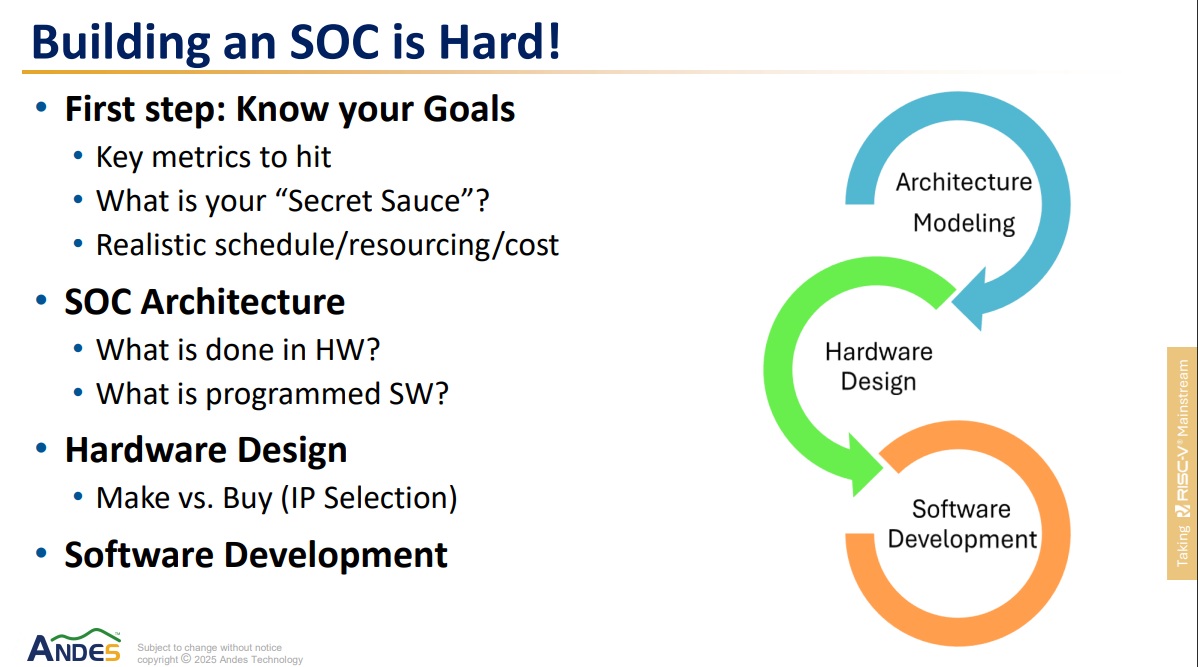


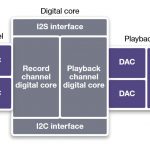
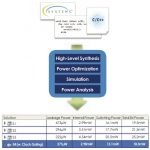
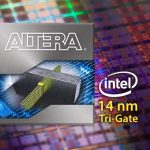




Quantum Computing Technologies and Challenges